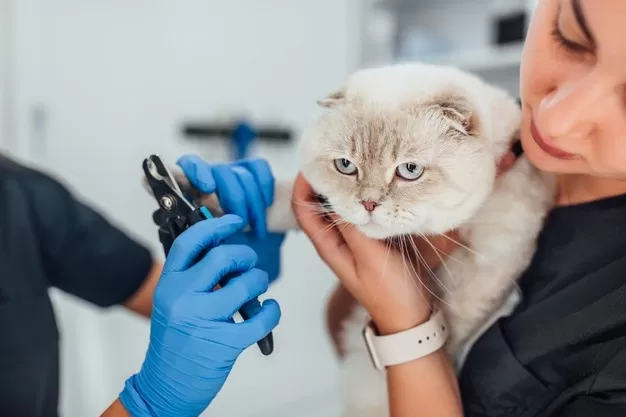Has your dog been acting up? Then, it’s likely that your dog requires additional training. Investing extra training time into your dog will make him more obedient. Read this article for valuable advice on how to train your dog.
If you have gotten a new dog or puppy, you should work on training them right away. If they are going to be indoor dogs, you can start crate training them. This prevents bathroom accidents or your items from being chewed on. Please start with the right-sized crate so that they have enough room in the crate to move around a bit.
Never reward negative behavior. Many dog owners have difficulty training their pets. When a long training session has ended, and no progress has been made, they might be tempted to reward their dog anyway. Even if you love your dog dearly, never reward their harmful or undesirable behavior.
Make sure your dog’s diet is appropriate for him. If your dog is a lazy dog who likes to lounge around all day, you don’t want to give him the high-protein food a dog who herds sheep would receive. This can cause problems and high vet bills down the road.
Stay away from training devices such as shock collars. They often do not function well as they say they do and are a lot more expensive than conventional training methods. They aren’t engaging in positive reinforcement either. The negative training causes adverse outcomes.
Many puppies like to use their mouths to play because that is how they play with their littermates. This should be discouraged as soon as possible after your puppy comes home. It may be cute when a seven-pound puppy pulls on your arm or shirt sleeve, but I assure you, it isn’t as cute when a fifty-pound dog does it.
Many people mistake calling their dogs to them when they are wrong. If you are currently dog training, you mustn’t do this. Your dog will begin to associate you calling him over as a bad thing, and the dog will want to avoid you. So make sure you are calling your dog when he has done something well.
Learn to read your dog’s signals when training so that you can see the difference between confusion and disobedience. A different response is required from you when your dog doesn’t understand a command versus when they understand the command but choose not to obey. Understanding your dog’s signals can help you choose the more appropriate response.
Don’t spend too long on a single dog training session. Spending too long on training exercises will start to bore the dog. Ten minutes is about the length of time a dog can handle.
Make sure you are feeding your high-quality dog food. A poor diet often causes behavior problems. High-quality dog food has human-grade ingredients and an expiration date. Ensure your dog eats plenty of protein and avoid giving him “junk” food from the table. A well-fed dog is a happy, obedient dog.
If your dog seems depressed or gets anxious when you are about to leave the house, your dog might suffer from separation anxiety. To help your dog go through the day, leave something with your smell, such as an old piece of clothing. This could mean that your dog will not miss you so much.
Correcting your dog with a short, sharp, and clear message will get the point across. Too often, people explain wrongdoings to their dogs incomplete and complex sentences, leaving the animal completely perplexed. Be brief, firm, and repeat the same bad behavior every time for the same.
A good dog training tip is to be consistent with your words when communicating with your dog. English is a foreign language to dogs, and they’re constantly trying to decipher what you’re saying. Your dog will be more likely to learn by consistent with your words.
When training your dog, one tip to keep in mind is to stop your dog during the behavior you want to change. This is important to ensure that your dog knows when to stop a specific action and what to replace it with. An example would never be allowing it to jump on anyone and always discipline and correct the dog in mid-action.
Have the right equipment and use it properly. For most training, learn how to put on a chain or nylon slip collar and use a standard 6-foot leash. Do not yank or pull on the leash. Just give a quick tug and release when the dog ignores a command to come or heel. Soon just wearing the collar will remind the dog that you are in charge of the training session, and very few corrections should be needed.
Your dog will benefit from having a solid leader. Be confident in your ability to communicate with your dog! You two may speak different languages, but your physical gestures have more meaning than you think. Stand straight during training sessions and always make physical gestures. Your dog will thank you for your clarity with excellent behavior!
Establish where your dog’s resting and eating areas are, and don’t let him take control of your home. Prevent him from getting in the habit of sleeping in high traffic areas and confiscating sofas and comfy chairs by redirecting him to his resting area whenever you find him in the way. Don’t make a considerable production number of this. Just move him along.
When you allow yourself enough time to engage and train your dog, you can be sure that you will eventually be able to enjoy his company more fully in the future. Right now, you may feel like your dog will never behave, but if you stick to your training, it won’t take long for you to see impressive results. By using this advice, you can successfully train your dog.



